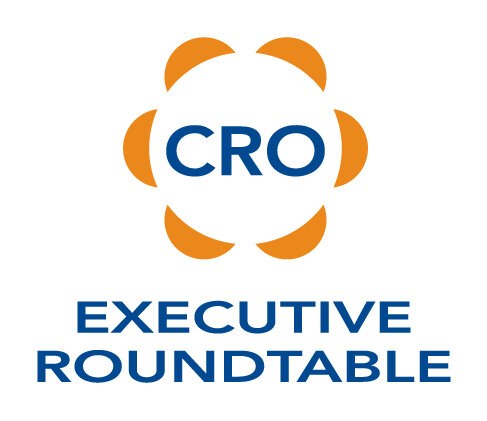Today we conclude our DISC series with the final style - Compliance. Here is more on the High C.
Compliance
This factor describes people that follow the rules, or comply. C's are precise and exact in that they enjoy complex tasks and absolute answers. C's are the least common style in the general population. Their drive to comply leads them to be perfectionists, at times, and the "traffic cops" for any team. They prefer to have an orderly life free of mistakes and errors. The precise nature of the High C's work product often leads them into roles like finance, quality control and law enforcement.
Observable Behavior
Buy: Very slow buyers; proven products.
Change: Concerned of the effects of change.
Conflict response: Avoidance.
Drive: Careful, follow rules. Best drivers.
Decorate an office: Graphs, charts, functional.
Gesture: Very reserved, little or no gestures.
Goal Setting: Good at setting safe goals, probably in many areas. Goals are safe with little risk.
Organization: Everything in its place. Perfectly organized.
Read: Nonfiction, technical journals.
Risk Factor: Very low.
Rules: "By the book." Knows and follows rules.
Stand: Arms folded, one hand on chin.
Stress Relief: Alone time.
Talk on the Phone: Little chitchat. To the point. May be short or long depending on data needed.
Talk to others: Direct. Questioning, clarifying.
Walk: Straight line.
Writing: Direct, to the point, with appropriate data.
Color noticed first: Yellow.
Communicating with the High C
- Prepare your case in advance. Don't be disorganized or messy.
- Approach them in a straightforward, direct way. Don't be casual, informal or personal.
- Use a thoughtful approach. Build credibility by looking at all sides of each issue. Don't force a quick decision.
- Present specifics, and do what you say you can do. Don't be vague about expectations or fail to follow through.
- Allow them their space. Don't touch them.
Managing the High C
- Involve them in defining standards that are undefined.
- Clearly define requirements of the job and expectations.
- Set goals that have "reach" in them.
- Involve them in long-term planning.
- Train them in people skills and negotiating.
Potential Limitations of the High C
- Hesitant to act without precedent.
- Overanalyze; Analysis Paralysis.
- Be too critical of others.
- Get bogged down in details.
- Be too hard on themselves.
The High C is an uncommon style that can thrive in a highly technical, detailed sale. The C enjoys the data-driven processes of most positions - they tend to love Excel. You can expect the High C to know the rules and eagerly apply them to people who are breaking the rules. They are task-oriented and can struggle, at times, with personal interactions within a team setting. Their precision provides them with a breadth of knowledge about the solution they are selling. Expect them to be accurate to a fault and driven to close the perfect sale.
Source: Target Training International






